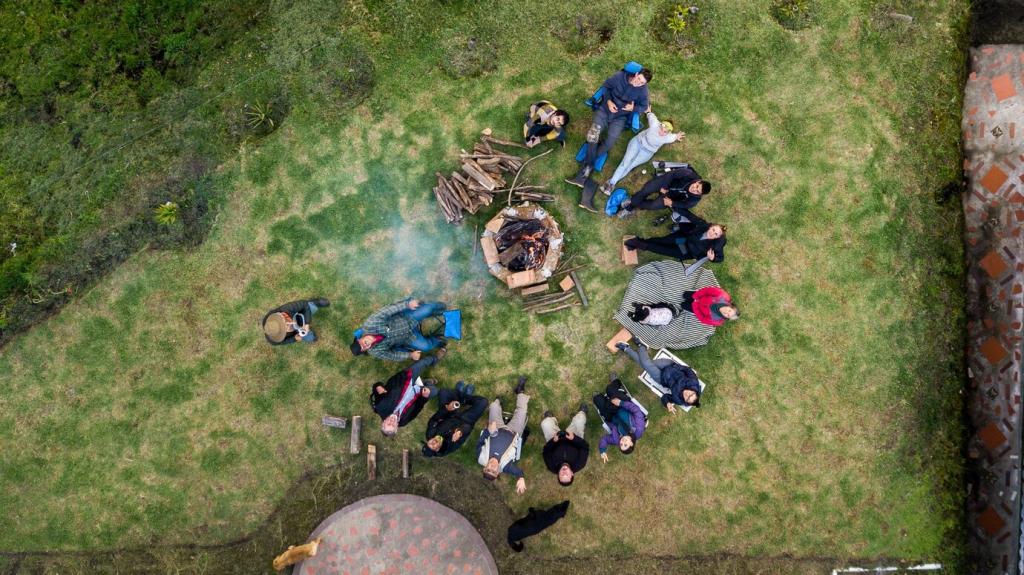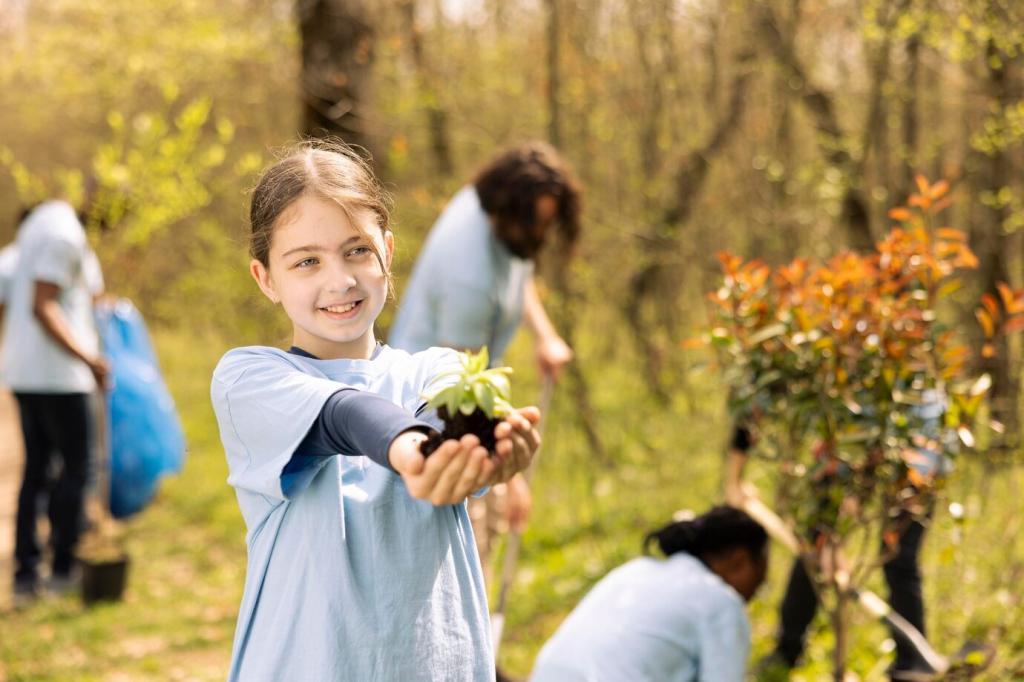Student-Led Research and Citizen Science
Begin with five-minute transects, weekly photo points, and timed counts around garden plots. Consistency beats complexity for usable datasets. Ask students which questions they care about most, then report your class research focus so other schools can compare methods.
Student-Led Research and Citizen Science
These platforms connect students to global datasets and mentors. Teach privacy, location settings, and species verification. Rotate student roles for data quality. If you already use a platform, comment with your top classroom tip so newcomers start confidently and safely.
Student-Led Research and Citizen Science
Transform counts into hallway graphs, seasonal calendars, and species trading cards. Visible evidence invites questions from passersby and encourages cross-grade collaboration. Share a photo description of your display idea and invite readers to vote on the most engaging format.







